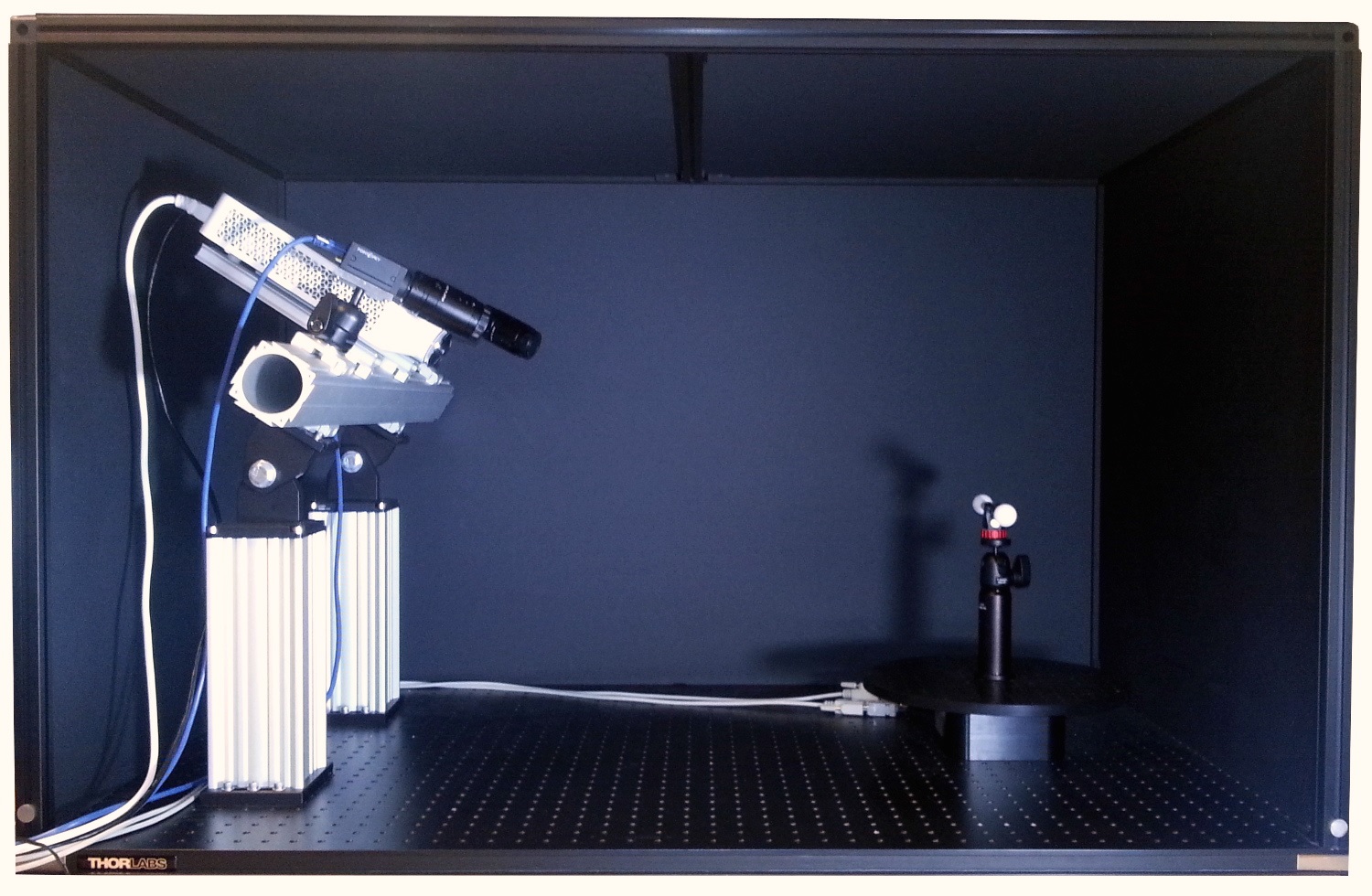Scanning Surface Geometry
using structured light and uncertainty estimation
Structured light scanning is a versatile method for 3D shape acquisition
Low-cost sensors such as Microsoft Kinect and time of flight cameras have made the 3D sensor ubiquitous and have resulted in a vast amount of new applications and methods. However, such low-cost sensors are generally limited in their accuracy and precision, making them unsuitable for e.g. accurate tracking and pose estimation.
With recent improvements in projector technology, increased processing power, and methodology, it is possible to perform faster and more reliable structured light scans. This offers new opportunities for studying dynamic scenes, quality control, human-computer interaction and more.
We discusses several aspects of structured light systems and present contributions within calibration, scene coding, and motion correction aspects.

About the project
Contact
Morten Hannemose
[Associate Professor]
Technical University of Denmark
Publications
Estimating and Simulating Structure and Motion [2021]
J. N. JensenDepartment of Applied Mathematics and Computer Science, Technical University of Denmark
Surface reconstruction from structured light images using differentiable rendering [2021]
J. N. Jensen, M. Hannemose, J. A. Bærentzen, J. Wilm, J. R. Frisvad, A. B. DahlSensors , 21(4), 1068
Differentiable Formulations for Inverse Rendering [2020]
M. HannemoseDepartment of Applied Mathematics and Computer Science, Technical University of Denmark
Measurement of polymers with 3D optical scanners: evaluation of the subsurface scattering effect through five miniature step gauges [2020]
M. G. Guerra, S. S. Gregersen, J. R. Frisvad, L. De_Chiffre, F. Lavecchia, L. M. GalantucciMeasurement Science and Technology , 31(1), 015010
Optimal, non-rigid alignment for feature-preserving mesh denoising [2019]
F. Gawrilowicz, J. A. BærentzenProceedings of 3DV 2019 , 415-423
Superaccurate camera calibration via inverse rendering [2019]
M. Hannemose, J. Wilm, J. R. FrisvadModeling Aspects in Optical Metrology VII , Proceedings of SPIE, vol. 11057, 1105717
Development and metrological validation of a new automated scanner system for freeform measurements on wind turbine blades in the production [2019]
R. A. Lyngby, E. Nielsen, L. De_Chiffre, H. Aanæs, A. B. DahlPrecision Engineering , 56, 255-266
Autonomous Optical Inspection of Large Scale Freeform Surfaces [2018]
R. A. LyngbyDepartment of Applied Mathematics and Computer Science, Technical University of Denmark
Scene reassembly after multimodal digitization and pipeline evaluation using photorealistic rendering [2017]
J. D. Stets, A. Dal_Corso, J. B. Nielsen, R. A. Lyngby, S. H. N. Jensen, J. Wilm, M. B. Doest, C. Gundlach, E. R. Eiriksson, K. Conradsen, A. B. Dahl, J. A. Bærentzen, J. R. Frisvad, H. AanæsApplied Optics , 56(27), 7679-7690
An error analysis of structured light scanning of biological tissue [2017]
S. H. N. Jensen, J. Wilm, H. AanæsImage Analysis (Proceedings of SCIA 2017) , Springer, Lecture Notes in Computer Science, vol. 10269, 135-145
Precision and accuracy parameters in structured light 3-D scanning [2016]
E. R. Eiriksson, J. Wilm, D. B. Pedersen, H. AanæsInternational Archives of the Photogrammetry, Remote Sensing and Spatial Information Sciences , XL-5/W8, 7-15
Real Time Structured Light and Applications [2016]
J. WilmDepartment of Applied Mathematics and Computer Science, Technical University of Denmark












